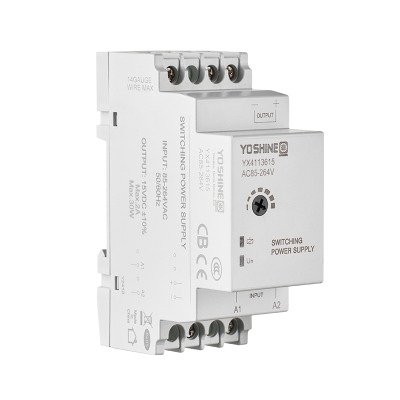
Pulse relays are widely used in control systems across industrial, commercial, and residential applications. These devices operate by toggling between states with each electrical pulse, offering an efficient way to manage circuit control with minimal wiring and components. Understanding the key advantages of using pulse relays in control systems helps engineers and technicians select the right components for reliable and streamlined operation.
One of the main advantages of pulse relays is their ability to maintain state without continuous power. Unlike traditional relays that require constant voltage to remain energized, a pulse relay changes its contact position with a brief signal and stays in that position until the next pulse. This feature helps reduce power consumption, which is especially important in applications where energy efficiency and heat reduction are priorities.
In control systems where space is limited, pulse relays offer a compact solution. Since they can control circuits with fewer wires and reduced panel components, they are suitable for installations where minimizing complexity is important. This characteristic simplifies wiring diagrams and decreases installation time, which can be beneficial in building automation, lighting control, and machinery operations.
Another benefit of using pulse relays is their support for centralized and remote control. In building management systems, for example, pulse relays are commonly used to operate lighting from multiple switch locations without the need for complex cross-wiring. A single control signal can activate or deactivate a circuit from any of the connected switches, making the system both user-friendly and adaptable to changing control needs.
Pulse relays also improve reliability in repeated switching operations. Because they do not rely on continuous current, the components experience less electrical stress over time. This extended life cycle contributes to lower maintenance requirements and reduced downtime. In industrial settings, where machinery and processes demand consistent performance, this feature makes pulse relays a practical choice for maintaining system stability.
In addition, pulse relays can be integrated into programmable control systems. They can be connected to PLCs, timers, or other automation components to perform specific tasks with precise control. This flexibility allows engineers to design systems with tailored control sequences, increasing the functionality of automated equipment. Whether used for sequential switching, alternating functions, or signal conversion, pulse relays offer adaptable control options.
Safety and isolation are further benefits of pulse relays in control systems. Because they electrically isolate the control signal from the output load, they help protect sensitive components and reduce the risk of interference. This isolation is particularly useful in environments with varying voltage levels or where signal clarity is critical.
Pulse relays are available in various voltage and current ratings, making them suitable for both low- and high-power applications. Their compatibility with different system requirements allows for integration across multiple industries, including manufacturing, transportation, building automation, and energy management.
Pulse relays offer several advantages in control systems, including reduced power consumption, simplified wiring, centralized control, long-term reliability, and versatile integration. Their ability to operate with minimal energy and maintain stable switching makes them a valuable component for engineers and technicians. By incorporating pulse relays into their designs, control system developers can enhance performance while maintaining a compact and efficient setup.